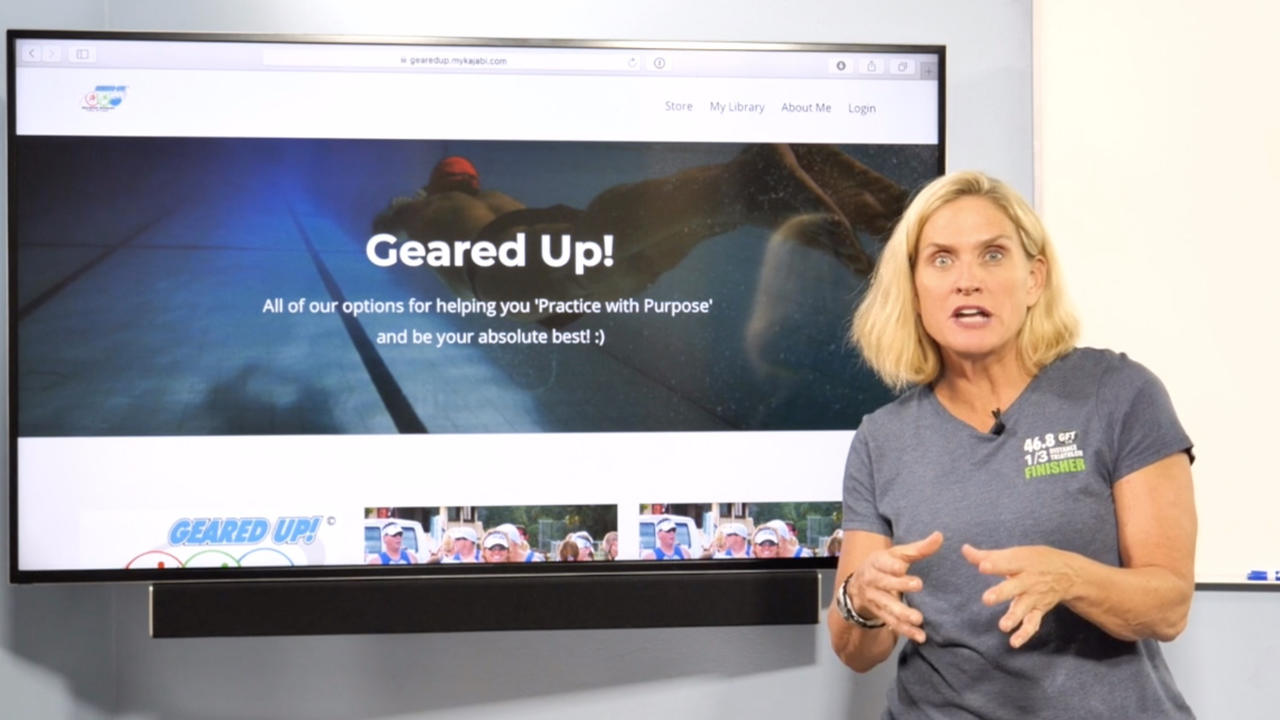Harness Power to Develop Running Efficiency

Harness training involving weighted sleds, parachutes and resisted and assisted partner sprinting is becoming increasingly prevalent in gym and outdoor training environments.
However, before it filtered across to mainstream fitness, it had its origins in sport-specific training.
Track and field has been utilizing such training methods for nearly the past 3 decades, and it has become more prevalent in elite team sports such a football, soccer and hockey.
The application of harness training really excels in the development of running speed, stride efficiency and acceleration.
Pretty much any type of resisted sprinting activity, whether it’s with a sled, a chute or partner training, works on force development, because to overcome the given resistance, you must generate more force while you’re in contact with the ground.
In addition, by slowing movement down using resistance, participants can feel the correct body position they are striving to achieve and improve their technique on the spot. The key is to not add excessive resistance by overly weighting a harness. If you do that, movement loses its specificity to training and then participants are just dragging around a heavy object.
Safe Training Protocols
Stay safe and reduce your risk of injury with a few practical pointers.
1) Pick Quality Equipment.
It’s been said that you get what you pay for and now, thanks to a growing level of interest in the fitness market, there is a wide range of affordable fitness equipment on the market. This includes everything from shoulder harnesses to waist belts, speed and power sleds, catapult trainers and speed chutes. It behooves you to view your equipment as an investment and purchase the greatest quality you can afford. After all, you’re looking for something that can withstand the rigors of your training.
2) Partner Smartly.
In exercises where people are partnered together, you want to create balance and unity between the partners. This means partnering with someone of similar, size, strength and ability.
3) Pay attention to your environment.
When towing sleds or chutes, the terrain you train on is a consideration. For example, when doing an early morning training session and the grass is wet, there is very low resistance from the ground and there is increased risk that a sled could hit you if you stop quickly. Or because of the increased resistance of a chute, you are more likely to slip and fall on a wet surface.
4) Finally, watch for underlying injuries.
Everyone always wants to do more, be better and improve their standings, if you didn’t, you wouldn’t be using resistance tools in training. Be especially careful and cognoscente of your Achilles tendon and ankle positioning. This is because when we push off in our run, we load the Achilles and calves and any biomechanical abnormalities will be amplified with the added resistance from harnesses.
I invite you to explore our new site and visit frequently as we will be continually updating and adding new content.
I also invite you to join our Geared Up family through our new Monthly Membership program which completely helps & supports you toward living your best life.
Our Geared Up v2.0 theme for you is "Health, Wellness & Fitness in a Multi-Sport Lifestyle". Find out all of the ways we can support you through our Membership program here.
Let's go on this journey together and change your life as always, “Practice with Purpose and Live with Passion!”
Angie

